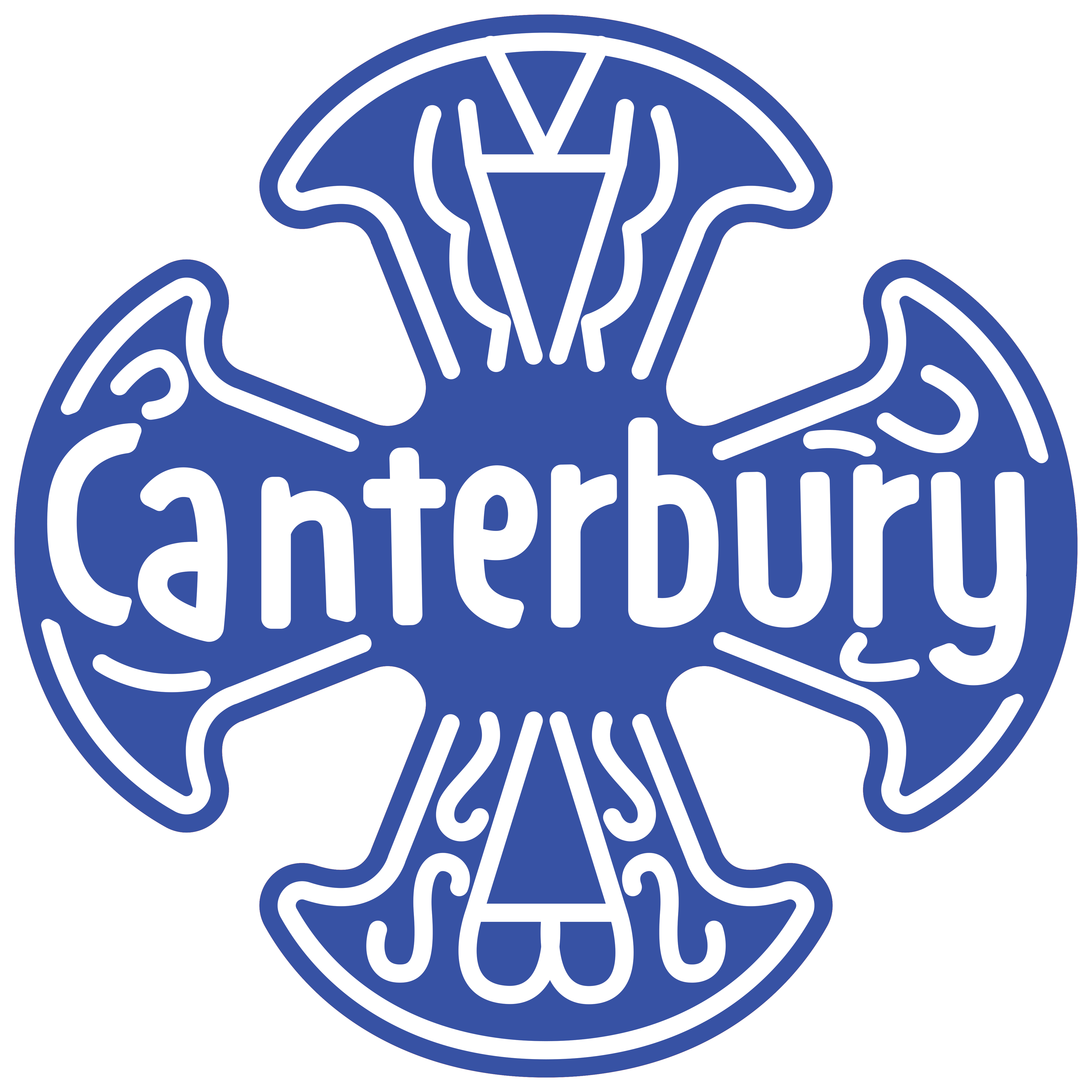Canterbury Christian School is named after Canterbury Cathedral in England. Many of our chapel prayers are still read each day in the Cathedral as they originated from the English prayerbook called the Book of Common Prayer. While England is only about the size of the state of Oregon, the British empire spread Christianity throughout the entire world.
April 23rd is the Feast of St. George and a national holiday in England. Historically, every nation has its own ‘Patron Saint’ whether it’s St David for Wales, St Andrew of Scotland and St Patrick of Ireland – St George is the patron saint of England.
But who was St. George, and what did he do to become England’s Patron Saint?
Very little is known about St. George’s life, but it is thought he was a high ranking officer in the Roman army who was killed in around AD 303.
It seems that the Emperor Diocletian had St. George tortured to make him deny his faith in Christ. However despite some of the most terrible torture even for that time, St George showed incredible courage and faith and was finally beheaded near Lydda in Palestine. His head was later taken to Rome where it was interred in the church dedicated to him.
Stories of his strength and courage soon spread throughout Europe. The best-known story about St. George is his fight with a dragon, but it is highly unlikely that he ever fought a dragon, and even more unlikely that he ever visited England, however his name was known there as early as the eighth-century.
In the Middle Ages the dragon was commonly used to represent the Devil. Unfortunately the many legends connected with St. George’s name are fictitious, and the slaying of the ‘Dragon’ was first credited to him in the 12th century.
St. George, so the story goes, killed a dragon on the flat topped Dragon Hill in Uffington, Berkshire, and it is said that no grass grows where the dragon’s blood trickled down!

